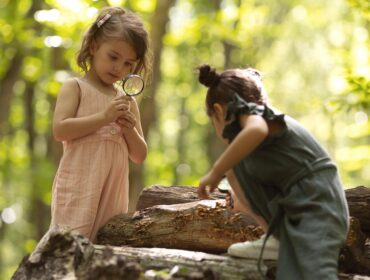Though birds can be brilliantly colored, especially the males, some birds are capable of amazing camouflage. This can especially be seen with female birds during the breeding season, when it’s to their advantage and the advantage of their chicks that they be hidden from predators. Here are just three amazing examples of bird camouflage.
1. Bittern

The American and the Least Bittern are wading birds that live in the tall grasses of fresh water marshes. They have heavy bodies, short tails and long bills. They are infact types of small herons. Their coloring is buff, chestnut, brown and black to blend in with the marsh grasses. When they sense danger nearby, both birds freeze in place and extend their necks. In this way they’re barely distinguishable from the reeds and the sedges around them.
2. Ptarmigan

Ptarmigans are found in the Arctic and down through upper Canada, though the white-tailed ptarmigan can be found in the mountain states. Though the plumage of the male is a more vivid brown during the summer months and the female’s plumage is more mottled, both sexes turn white during the winter, making them very hard to see against a background of snow.
3. Goatsucker
Goatsuckers are little birds that are active at night, when they catch and eat insects. They have large heads, tiny bills and enormous mouths. Though their eyes are small during the daytime, they open to become huge at night. The goatsucker family includes the whippoorwill, the poor will, chuck will’s widow, and the common and lesser nighthawk. All of these birds have mottled brown, reddish-brown, and buff plumage that exactly matches the floors of the forests where they’re found. When they sit very still they seem, like the ptarmigan in snow, to disappear. This is a fortunate example of bird camouflage, because goatsuckers tend to lay their eggs on the ground. Goatsuckers can also blend in very well on branches, where they tend to sit lengthwise.
Related article: 5 More Amazing Examples of Bird Camouflage
Featured Image from Sacha Bois/Unsplash




